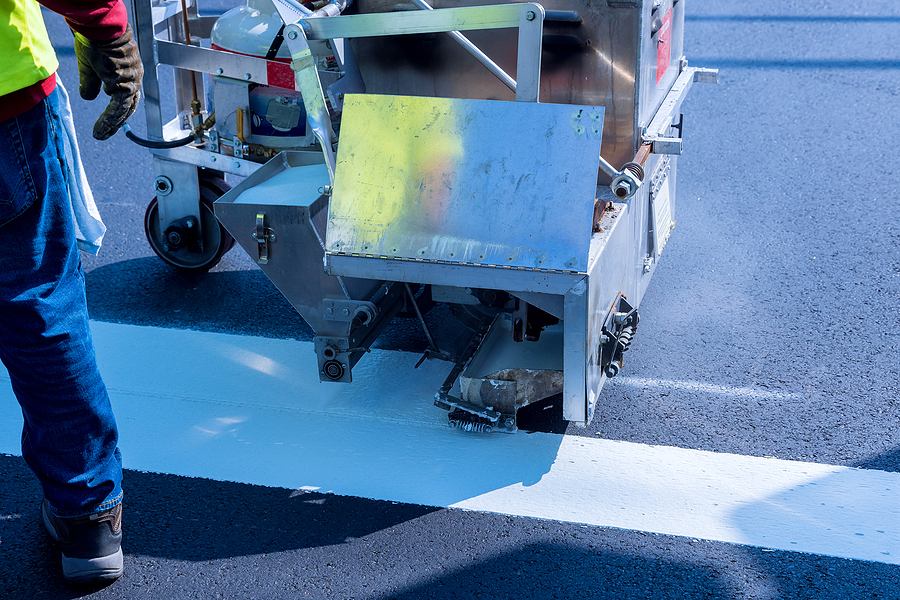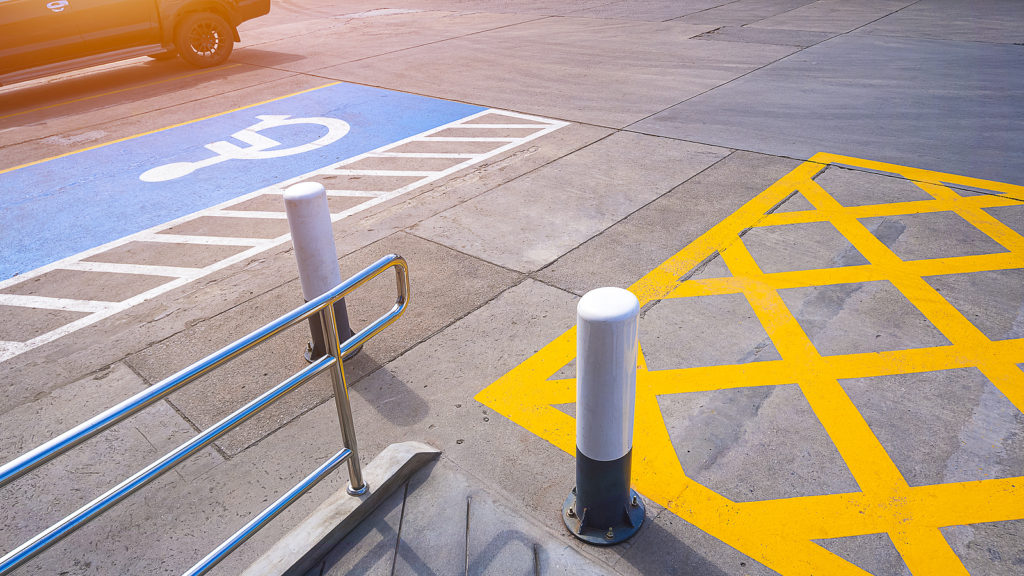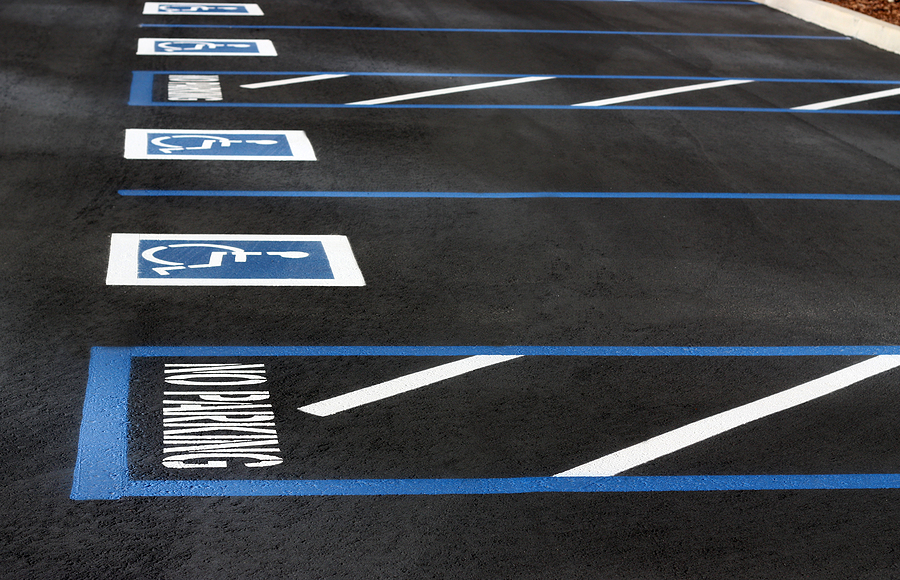Line striping and road markings are essential components of commercial paving that help ensure the safety and efficiency of traffic flow. While traffic markings are typically done with non-reflective paint, light reflective line striping and pavement painting can offer many benefits over traditional traffic marking methods.
In this blog post, we’ll explore why using reflective paint for line stripping and road markings can be a great choice for your business or property. We’ll discuss the advantages of using light reflective paint, how to apply it correctly, as well as some tips on what type of reflective material should be used in different situations. By the end of this post, you should have a better understanding of why reflectivity is an important factor when it comes to line striping and road markings.

The Benefits of Using Reflective Road Paints
The first benefit of using light reflective traffic marking paint for pavements like parking lots and roadways is that it increases visibility. Reflective pavement paint has more intense and vibrant colors than traditional road and pavement paint, making it easier to see in low-light conditions. This increased visibility helps ensure the safety of drivers, pedestrians, and other road users by highlighting important information like street signage and speed limits.
Another advantage of using light reflective road paint is that it lasts longer than traditional line striping and road painting solutions. Traditional strategies for marking lots and roads can easily be worn away or washed away due to weather and other external factors, while reflective pavement paints are more resistant to wear and tear, making them a great choice for commercial paving projects that are likely to see a lot of traffic.
Unlike conventional traffic marking paint, reflective materials require less maintenance in the long run. Traditional pavement paints often need to be reapplied or touched up due to things like fading or wear and tear, but this isn’t an issue with reflective paint materials. As long as the reflective traffic paint is applied correctly, it will stay vibrant and visible for a much longer period of time.
Finally, reflecting road paint is also more cost-effective than traditional traffic marking solutions. Reflective line striping materials may initially cost more than regular line striping materials, but in the long run they are much more cost-effective due to their increased durability and reduced maintenance costs.
Ensure Proper Application for Optimal Results
The key to getting the most out of light reflective line striping and traffic paint is to apply it correctly. Make sure you use a line striping machine designed for reflective line striping, as this will ensure that the line striping is applied properly and evenly. Additionally, it’s important to choose the right type of reflective material for road markings. Different materials are designed for different tasks, so make sure you do your research and pick the best option for your line striping or road marking project.
In conclusion, using reflective traffic paint can offer many benefits over traditional pavement paint solutions. Reflective road paint is more visible, lasts longer and requires less maintenance than traditional line striping materials. Additionally, it’s also a more cost-effective road marking solution in the long run due to its reduced maintenance costs. For these reasons, reflective road paint is an excellent choice for commercial paving projects that require line stripping and road markings.
Hire a Paving Company for Traffic Markings and Line Striping
If you’re looking for line striping and road marking services, make sure to research the different line striping options available and choose one that works best for your project. With the right line striping material, your line stripping and road marking projects can be completed more quickly, safely, and cost-effectively.
Are you on the hunt for a dependable and reliable traffic painting service in your vicinity? Contact ACI Asphalt and Concrete at 317-549-1833 to discuss your need for line striping and road markings in Indianapolis, Indiana. We also serve municipal clients.
Related Posts:
When to Repaint Your Parking Lot
Common Colors for Parking Lot Striping and Road Markings
The Basic Difference between Conventional and Airless Asphalt Striping Machines




